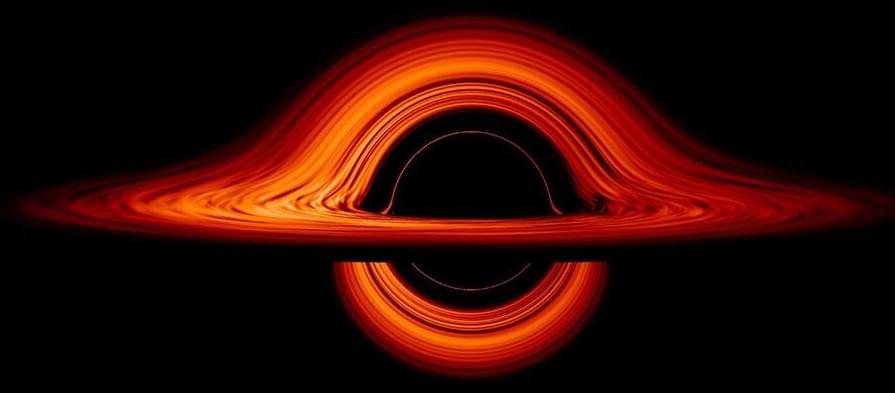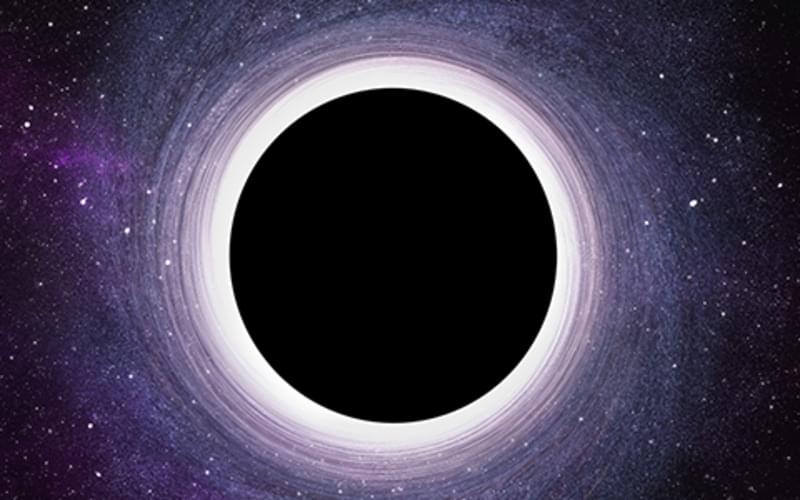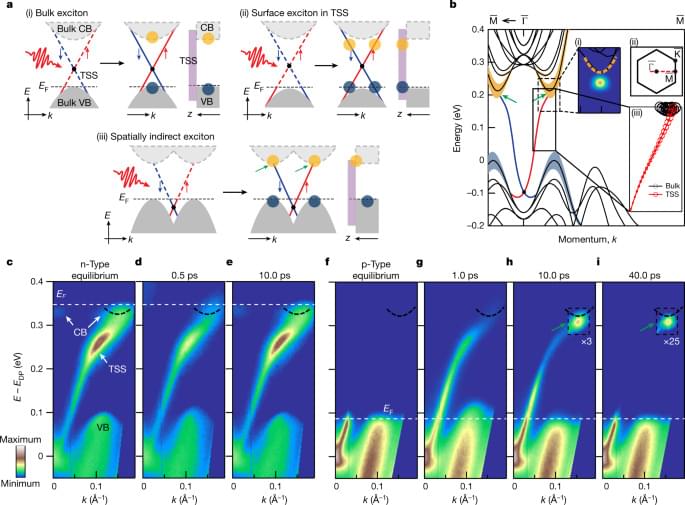This video is about the story of two geniuses, Albert Einstein and the famous logician Kurt Godel. It is about their meeting at IAS, Princeton, New Jersey, when they both walked and discussed many things. For Godel, Einstein was his best friend and till his last days, he remain close to Einstein. Their nature was opposite to each other, yet both of them were very good friends. What did they talk about with each other? What did they share? What were their thoughts? For Godel, Einstein was more like his guide and for Einstein, it was a great pleasure to walk with him.
In the first episode, we discover their first meeting with each other and the development of friendship between them.
Subscribe for more physics and mathematics videos:
Join this channel to get access to perks:
https://www.youtube.com/channel/UCVDb3R8XY1FIEIccTT1NnpA/join.
Channel: Join this channel to get access to perks: / @physicsforstudents.






